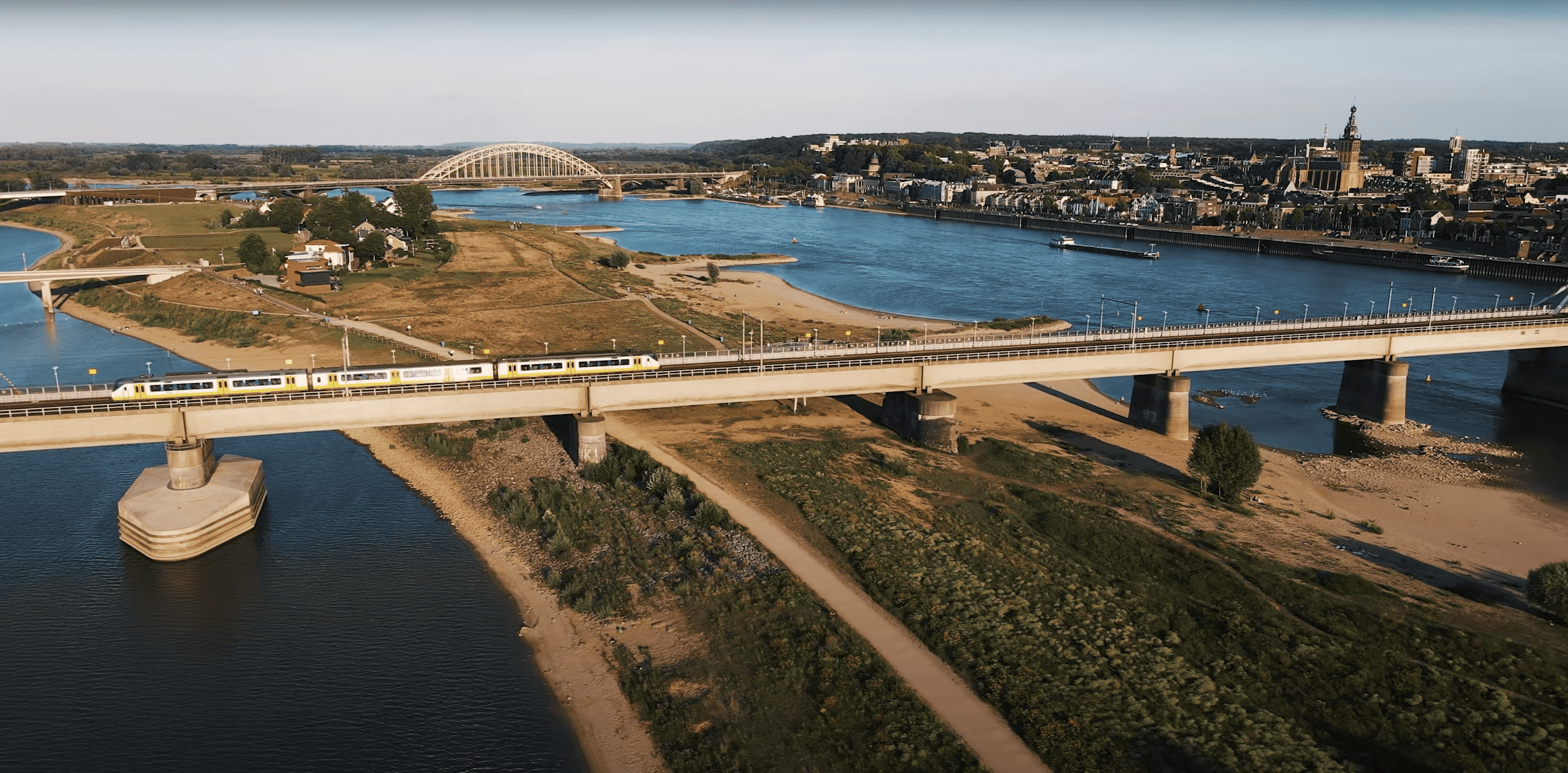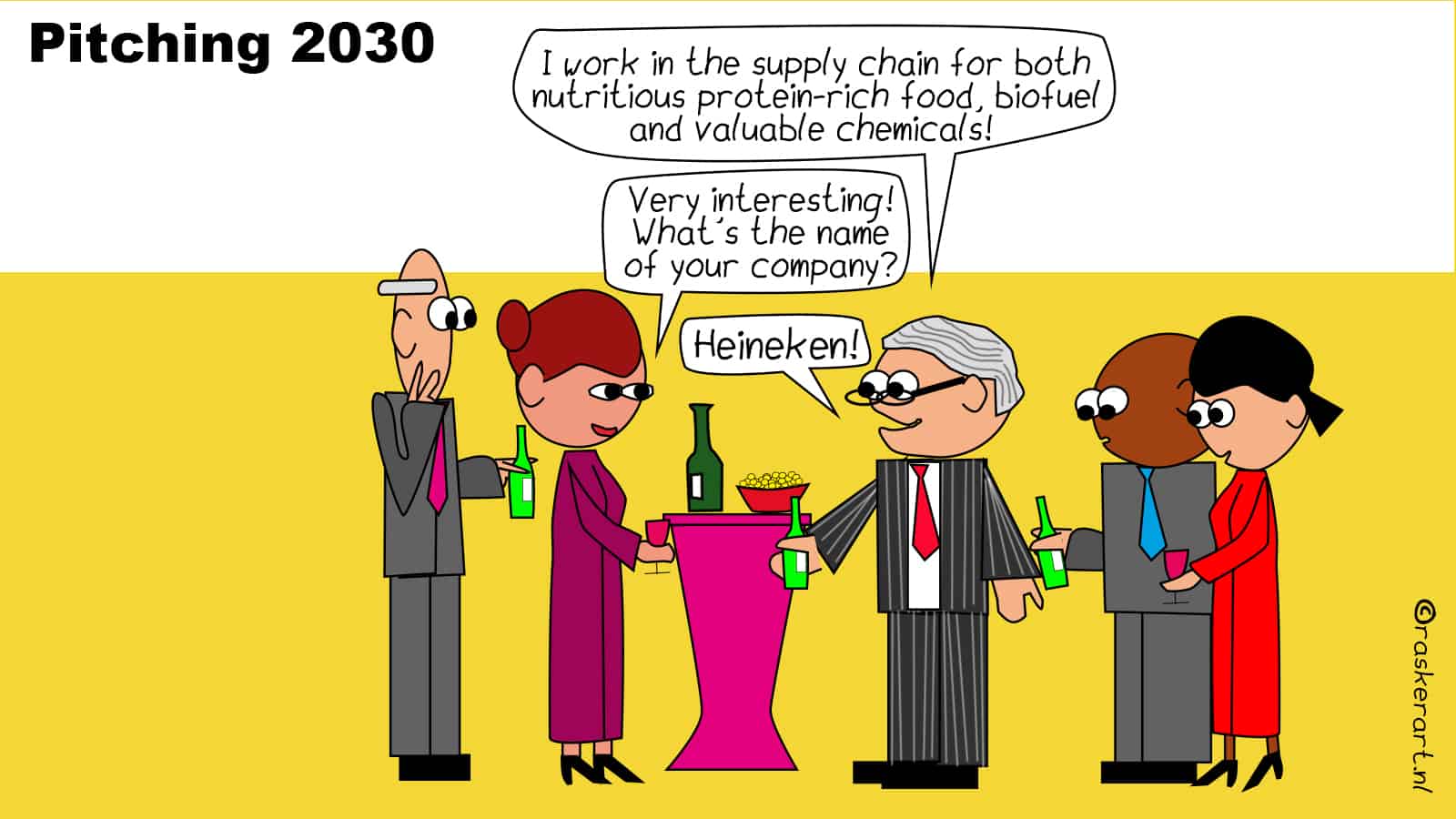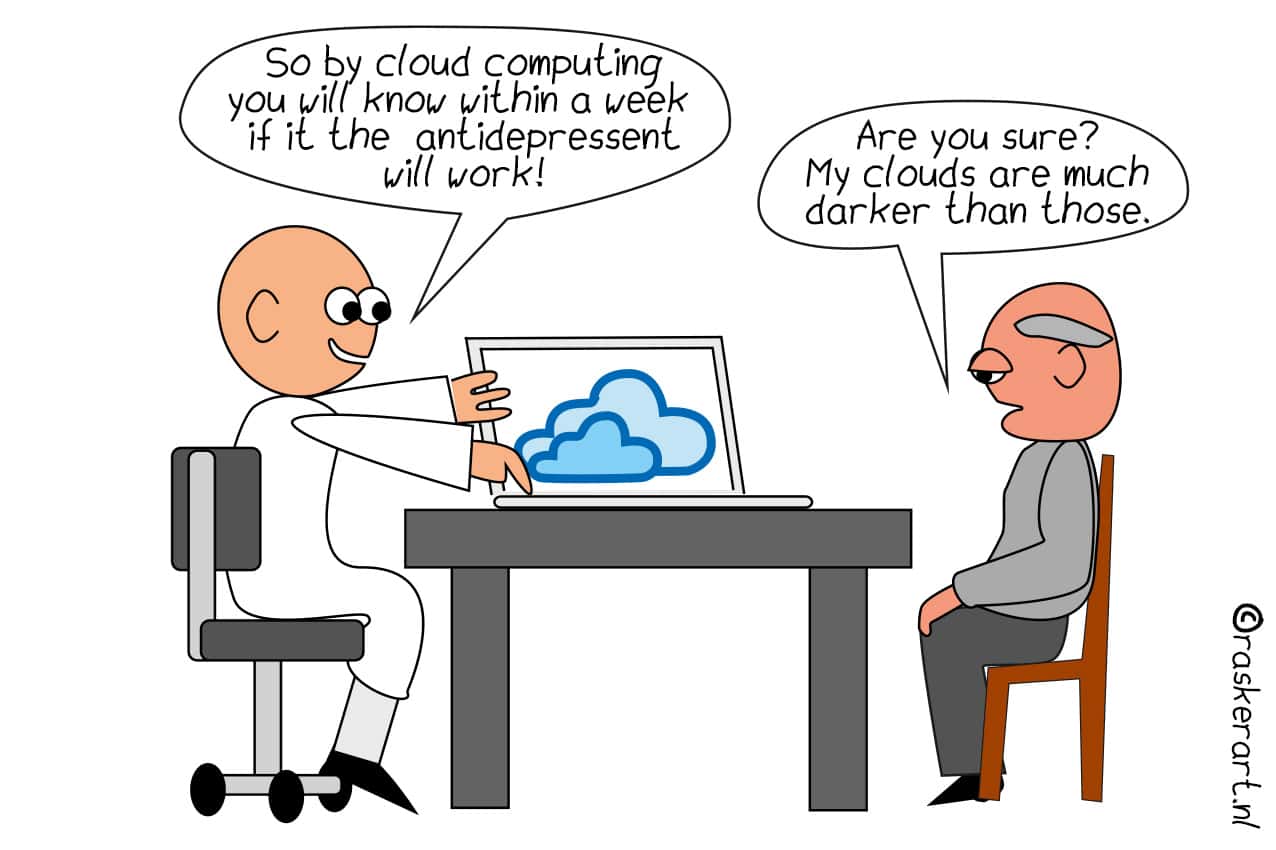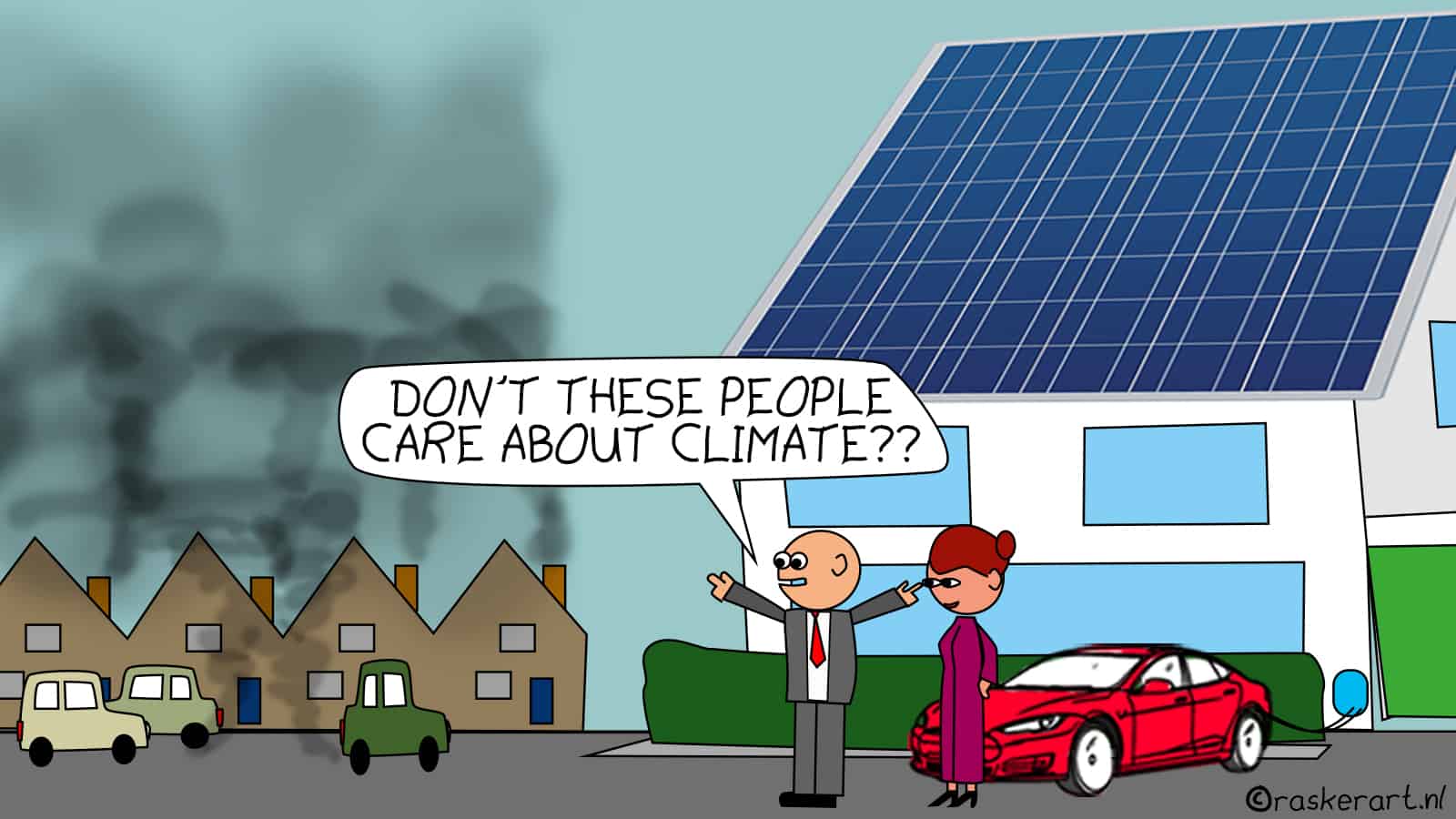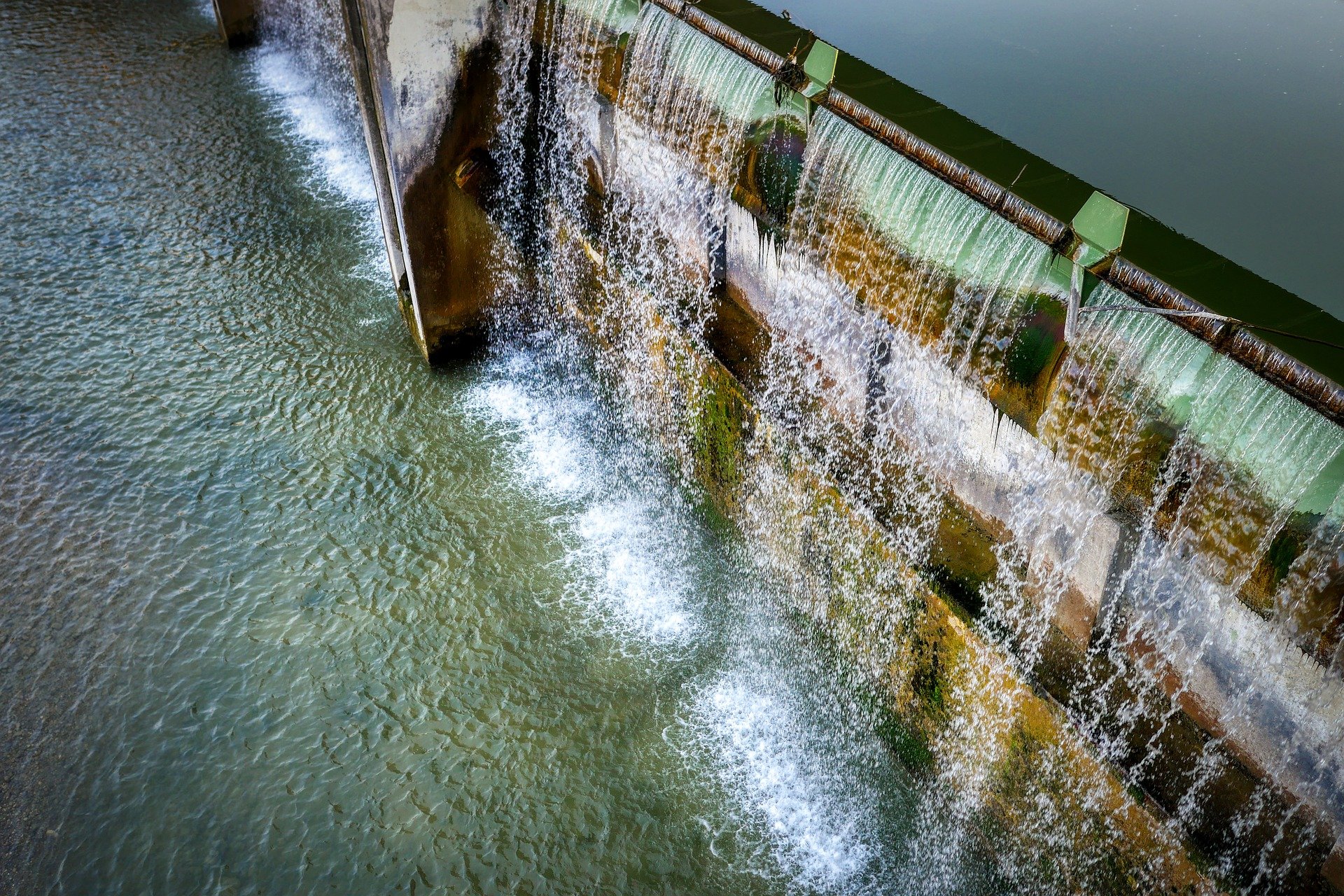
Take measures against flooding, drought, and other effects of extreme weather? Predict where the disruption will be most severe? Where do roads get stuck during heavy downpours? Or how does greening help against heat stress in the city? This – and much more – should all be possible in a digital copy of the city. That is the ultimate goal of Nelen & Schuurmans, a Dutch water management agency that is working on the worldwide scaling up of their models. “A data-driven platform where you can use measurement data and models to see what does and does not work. All in order to keep a city as liveable as possible,” explains general manager Fons Nelen.
In order to achieve this, a lot of data is needed from all kinds of sources. Weather, data from buildings and infrastructure, sensors in the ground, the water, along the road, and so on. Because Nelen realizes: “The more data you can bundle, the more you know and the smarter the solutions you come up with.”
Flooded cellars, flooded roads and overheated streets
The water company developed this kind of smart solution for Dutch water boards. For instance, where pumping stations are not only controlled by water levels but also respond to the current energy price. “When the sun shines a lot, we have a surplus of energy. This lowers prices and enables water boards to operate pumping stations more cheaply by utilizing all real-time data from the water system and their energy costs. Indirectly, it leads to more green electricity being purchased,” Nelen explains.
Nelen & Schuurmans provides Dutch municipalities with insight into the consequences for residents of heavy rainstorms or periods of heat. Are cellars flooding? Is the sewer system overflowing? Where can you collect water and where do you need extra cooling? By connecting more and more different types of data with each other, these predictions and analyses become ever more comprehensive.
Knowledge is not yet sufficiently translated into products or systems
In Taiwan (where the company has had an office for a year now) they are mainly concerned with disaster management. Taiwan has to deal with a lot of floods and landslides. “Big data is even more established there than in the Netherlands. Some buildings are packed full of sensors, really everything is monitored.”
“But the same also applies here: data is only really useful if you can link it to other sources. Weather data, models of traffic or other things that happen in a city. It goes so far that we can warn someone in time to move their car in the event of a flood. We can learn about sensors from Taiwan, but integration of data and real-time analysis is something that the Dutch are better at. It’s a great opportunity to show that it works there.”
Dutch agencies and knowledge institutes have a wealth of knowledge about water management. Yet there is still not enough of a concerted effort to translate this knowledge into innovative products. According to Nelen, plenty of smart ideas are being thought up, but it’s all too fragmented. “It’s too Dutch, which means everyone is working for themselves. And that’s not good for the export potential. We have a very good reputation abroad where water and climate are concerned, but when it comes to the export of IT services, we really are not doing enough. If Dutch agencies would join forces more, we could really be the ‘Silicon Valley’ of water management.”
Gather the whole chain around the table to help industry move forward
“We can take a leaf out of the book of the German automotive industry, where the entire chain around that industry works together to make the best cars. That integrated approach is also much more evident in the Dutch agricultural sector. We could also play a leading role like that in the field of water management and climate solutions,” Nelen believes.
“The ingredients are there,” Nelen sets out to explain how the Netherlands should take this forerunner position. “We have a tremendous track record with our waterworks and dikes. Our researchers go all over the world and work on a wide range of projects. And because of our open data structure, we are very good at making analyses and forecasts. But in order to really move forward, we have to gather around the table with the whole chain. And work together, each party has its own added value and you get to benefit from that through collaboration. There’s no point in being the only one who takes on the whole chain. We have also learned that by trial and error.”


